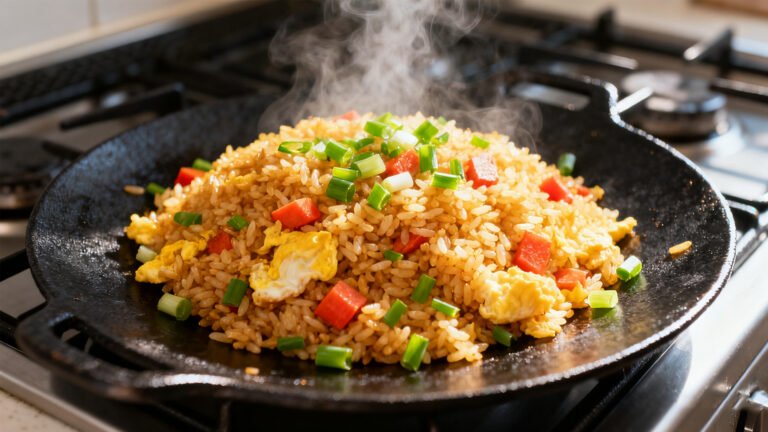
Contact Us through info@lovekonjac.com
The ketogenic (keto) diet has become a popular way to lose weight and improve health by drastically reducing carbohydrate intake and replacing it with healthy fats.
The keto diet is a high-fat, moderate-protein, and low-carb diet designed to shift the body into ketosis, a metabolic state where fat becomes the primary fuel source instead of carbohydrates.
Normally, the body relies on carbohydrates for energy. However, when carb intake is drastically reduced (usually 20–50 grams per day), the body starts breaking down fat into ketones, which serve as an alternative energy source.
✔ Weight Loss: Ketosis helps burn fat efficiently.
✔ Blood Sugar Control: Lowers insulin levels and stabilizes blood sugar.
✔ Mental Clarity: Ketones provide a steady source of energy for the brain.
✔ Increased Energy: Reduces blood sugar spikes and crashes.
✔ Appetite Control: High-fat foods keep you full longer.
To achieve ketosis, it’s crucial to choose the right foods while avoiding hidden carbs.
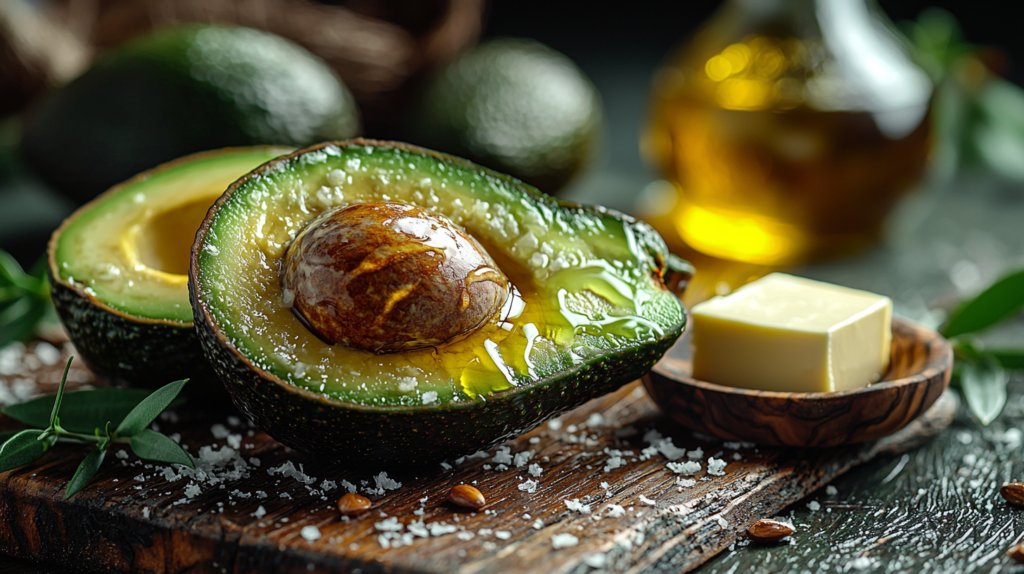
1.Healthy Fats (Avocados, Olive Oil, Butter, Coconut Oil)
Fats are the foundation of the keto diet. They provide energy and help maintain ketosis.
✔ Avocados: Rich in monounsaturated fats and fiber
✔ Olive Oil: Anti-inflammatory and heart-healthy
✔ Butter & Ghee: Ideal for cooking and keto coffee
✔ Coconut Oil & MCT Oil: Boosts ketone production
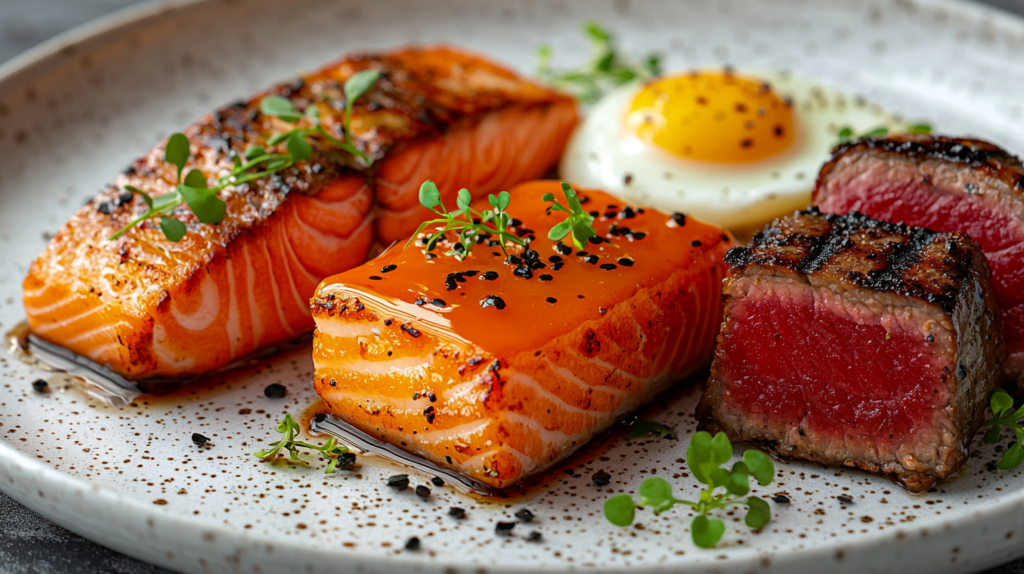
2. Protein Sources (Eggs, Fatty Fish, Meat, Poultry)
While protein is important, excess protein can be converted into glucose, potentially disrupting ketosis.
✔ Eggs: Low-carb, protein-rich, and nutrient-dense
✔ Salmon & Sardines: High in omega-3 fatty acids
✔ Beef & Poultry: Choose grass-fed and organic when possible
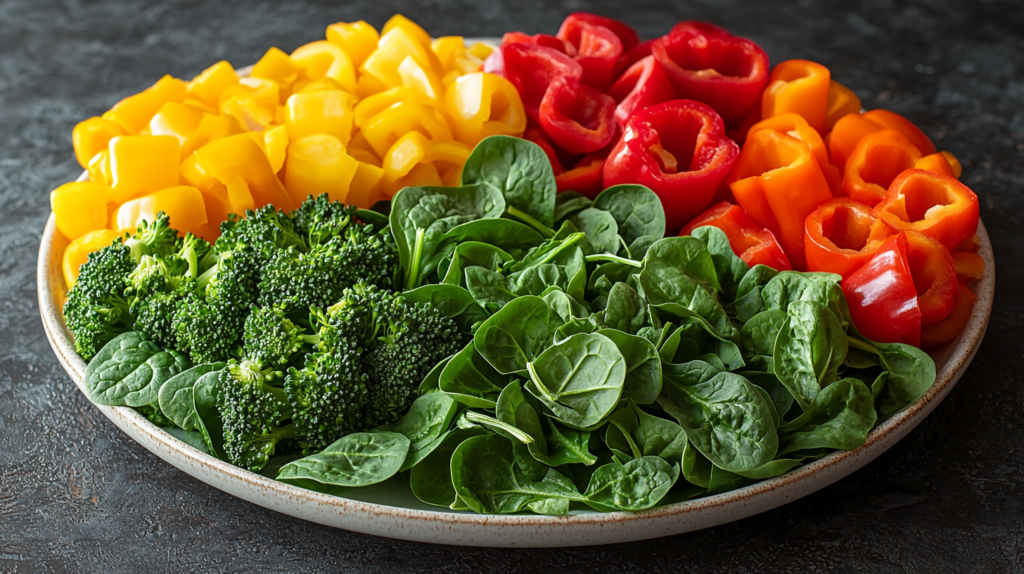
3. Low-Carb Vegetables (Leafy Greens, Cauliflower, Zucchini)
Not all vegetables are keto-friendly! Stick to low-carb, non-starchy veggies.
✔ Leafy Greens: Spinach, kale, lettuce
✔ Cruciferous Vegetables: Cauliflower, broccoli, Brussels sprouts
✔ Zucchini & Bell Peppers: Great for keto-friendly pasta and stir-fries
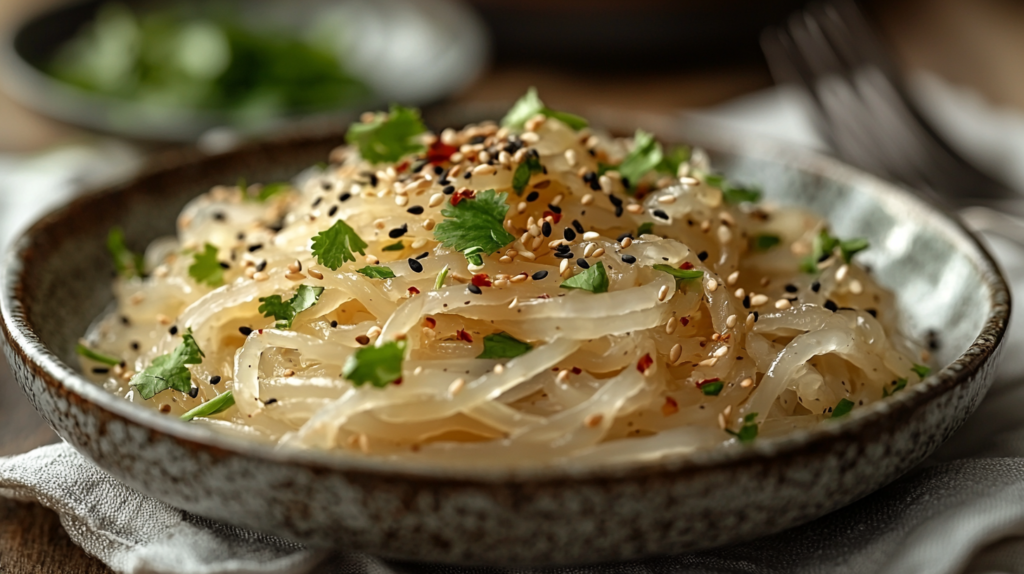
4. Fiber-Rich Foods (Konjac, Chia Seeds, Flaxseeds)
Fiber is essential for digestion and gut health, and some fiber-rich foods are perfect for keto.
✔ Konjac (Glucomannan): Low-carb, high-fiber, and keto-friendly
✔ Chia & Flaxseeds: Provide omega-3s and aid digestion
✔ Psyllium Husk: Helps with keto constipation
Konjac, also known as glucomannan, is a plant-based fiber with almost zero net carbs, making it ideal for keto dieters.
Why Is Konjac Keto-Friendly?
✔ High in Fiber: Helps digestion and promotes satiety
✔ Almost Zero Carbs: Does not spike blood sugar or insulin
✔ Low-Calorie Alternative: Great for keto pasta and rice substitutes
How to Eat:
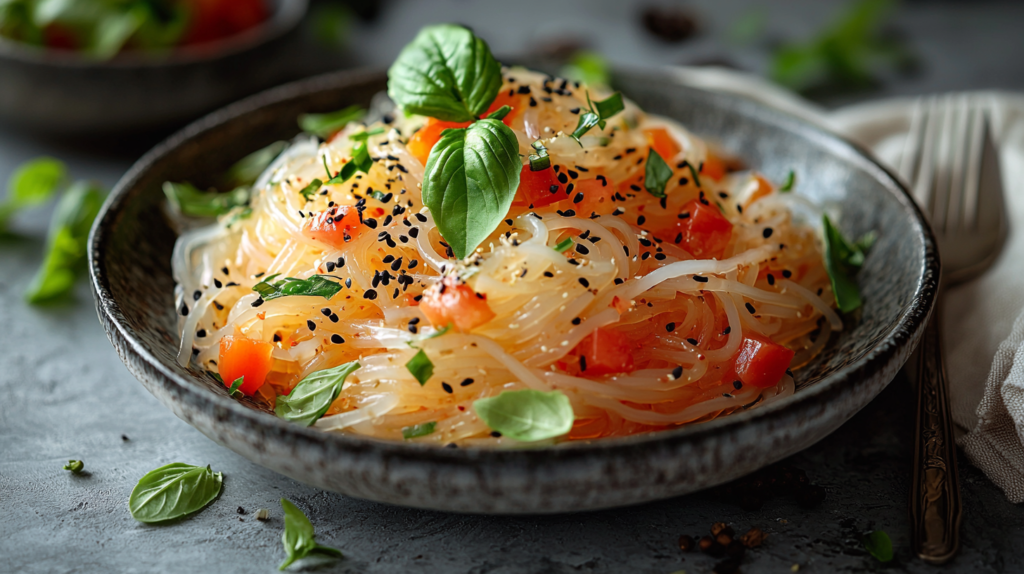
The keto diet is an effective way to burn fat, increase energy, and improve overall health. By choosing the right foods—like healthy fats, protein sources, low-carb veggies, and konjac-based alternatives—you can stay in ketosis and enjoy delicious meals.
However, be mindful of common misconceptions, as certain foods can unknowingly disrupt your progress. Stick to whole, nutrient-dense foods and avoid processed “low-carb” options to maximize your keto results.
Start your keto journey today with these simple, effective food choices!